Beadboard Kitchen Backsplash (13 Beautiful Styles)
Check out our beadboard kitchen backsplash ideas, including design styles and answers to popular questions like if it’s moisture resistant, cheaper than tile, or good to use as a backsplash for your kitchen.
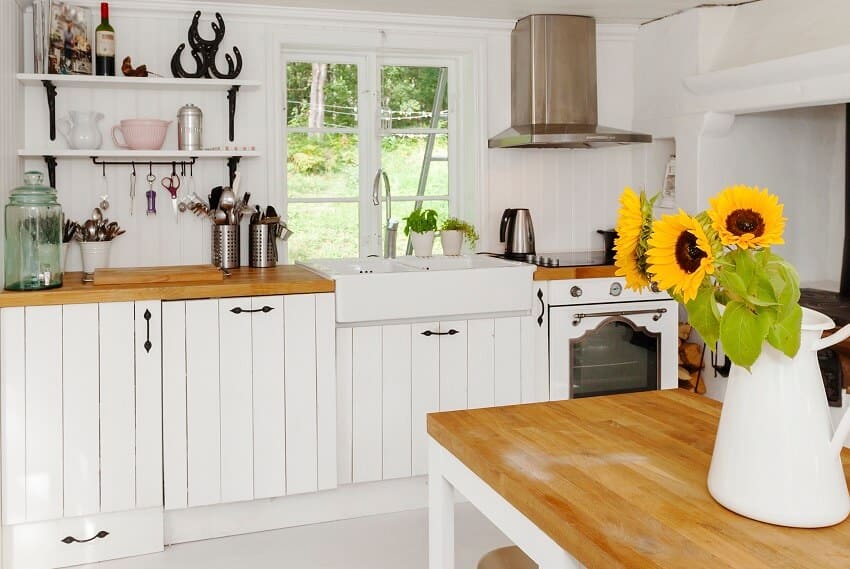
Are you curious about beadboard kitchen backsplash but not sure where to start? In this article, we’ll explain exactly what this wall cladding is, share different styles, and give you some great ideas for incorporating it into your home.
After learning about moisture-resistant beadboard and the cost compared to tile, you’ll be ready to install your own stylish design.
What Is Beadboard Kitchen Backsplash?
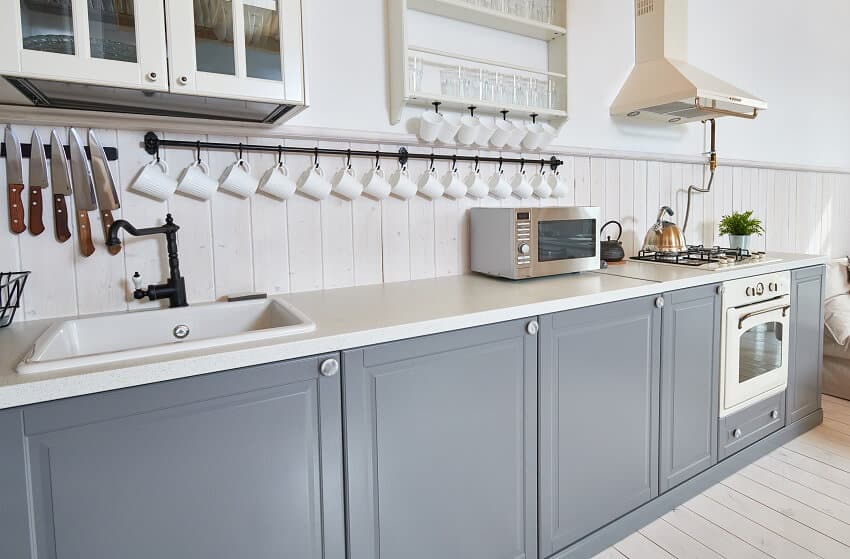
Beadboard kitchen backsplash is an inexpensive protective solution for the wall between your countertops and cabinets. A standard tile backsplash extends four inches from the countertop, leaving the rest of the wall uncovered and unprotected, but a full-tile backsplash might be out of your budget. Single panel solutions like stainless steel or glass are even more expensive.
Beadboard is an alternative backsplash material that makes an excellent DIY project. Originally popularized in the Victorian era, beadboard was traditionally constructed using narrow, grooved wood planks.
It is now usually constructed from panels of medium-density fiberboard (MDF) rather than individual wood planks, although interlocking MDF planks are also available. MDF is a synthetic material consisting of wood fiber and resin. Chemicals may be introduced during the manufacturing process to add moisture-resistant capabilities.
Beadboard can also be constructed from polyvinyl chloride (PVC). PVC is ruggedly durable, unaffected by moisture, and often used outdoors.

The grooved surface of beadboard adds texture and visual interest to your kitchen while warming up the room and keeping it from feeling too institutional or spartan.
These grooved kitchen backsplashes are also easy to care for. Use a microfiber cloth to wipe up spills and splashes as soon as they happen. A mild surface cleaner will remove most dust and surface grime. An old toothbrush will help mop up any dried-on food debris for deep cleaning inside the grooves.
Beadboard Backsplash Ideas
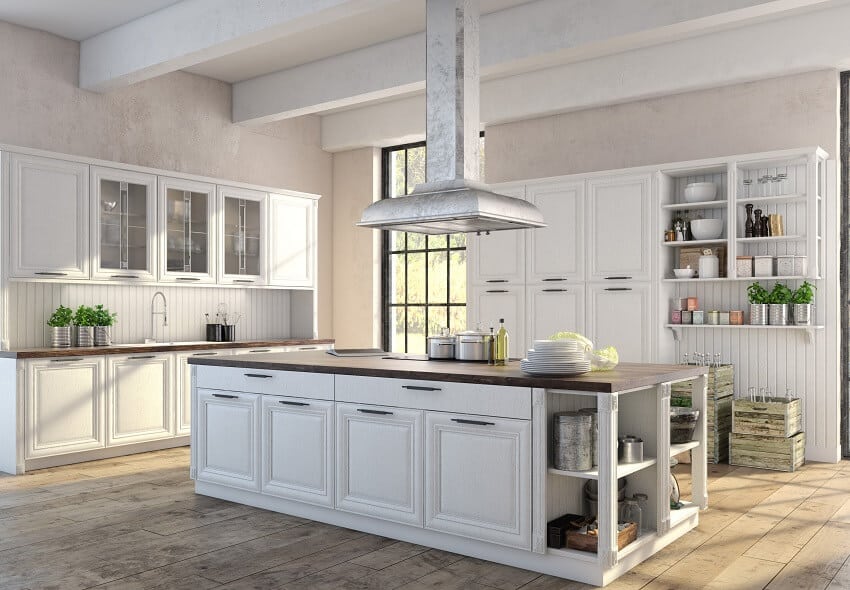
There are many creative ways to use beadboard in your kitchen backsplash. The panels can be easily cut to size to achieve the cohesive look of a full backsplash at a lower cost than tile, stainless steel, or glass. Beadboards have a warmer feel with wood fiber and resin construction than other backsplash materials.
Wider spaces between grooves will give the impression of wood planks and help create a farmhouse aesthetic. An English-inspired cottage kitchen might benefit from narrower boards, similar to the wooden strips used in the original Victorian design.
The depth of the groove is another important consideration. Thin, shallow-grooved beadboards retain the appearance of a single panel when installed.
Thicker boards with a deeper groove have a more convincing wood plank look. Always clean out the grooves occasionally and choose the depth according to convenience and visual appeal.
Waterproof Beadboard
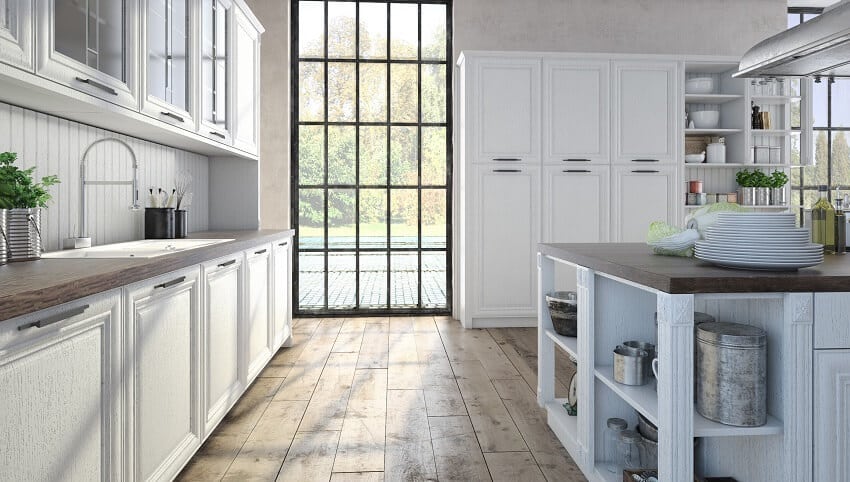
For completely waterproof beadboard, look for PVC options. These beadboards are perfect for outdoor kitchen backsplashes because PVC is a rugged, durable material that repels water. PVC panels can even be used inside showers.
For interior kitchen backsplashes, look for a water-resistant MDF panel. You’ll still want to clean up spills quickly and avoid soaking the backsplash, but a water-resistant MDF wall can function perfectly as a kitchen backsplash.
Farmhouse Style Beadboard
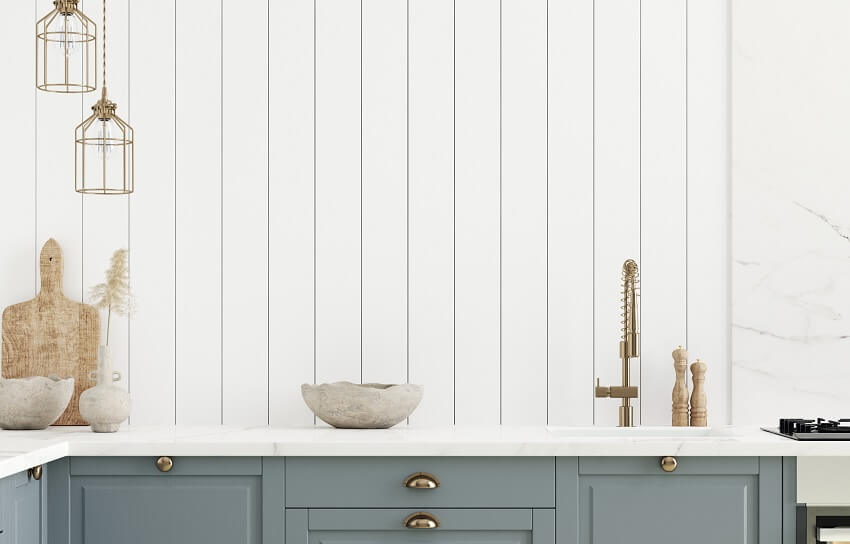
A farmhouse kitchen needs a warm, cozy, textured backsplash rather than a cold, industrial surface. The beadboard’s plank-like appearance reinforces the farmhouse vibe, while the vertical lines break up the expanse of space between the counter and cabinet.
A tongue and groove plank wall contributes to the quaint, cozy feel of a farmhouse kitchen with minimal cost and installation difficulty.
Beadboard Tile Backsplash
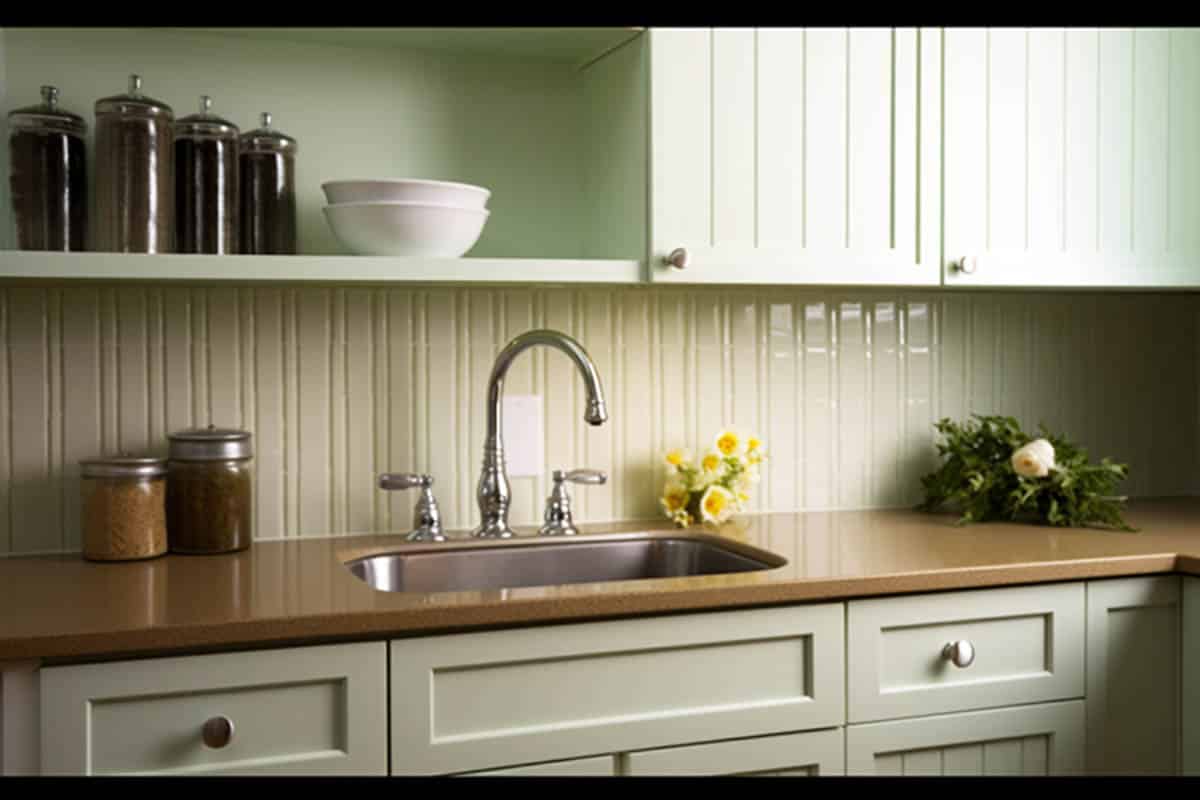
If you are worried about the maintenance of regular beadboards, then a tile backsplash might be the solution you’re looking for. Some tile styles are designed to closely resemble thin wood strips, which offer many advantages in their durability and clean-up over traditional materials.
Tile beadboards can be applied directly over the wall surfaces once properly prepared, and the correct adhesive is used. This is usually a thinset mortar, which is a blend of cement, fine sand, a water-retaining agent, and a bonding polymer.
In some instances, you can tile over older wall materials. This saves you the trouble of demolishing the existing material and potentially damaging the wall while still giving your space a style update.
Horizontal Beadboard
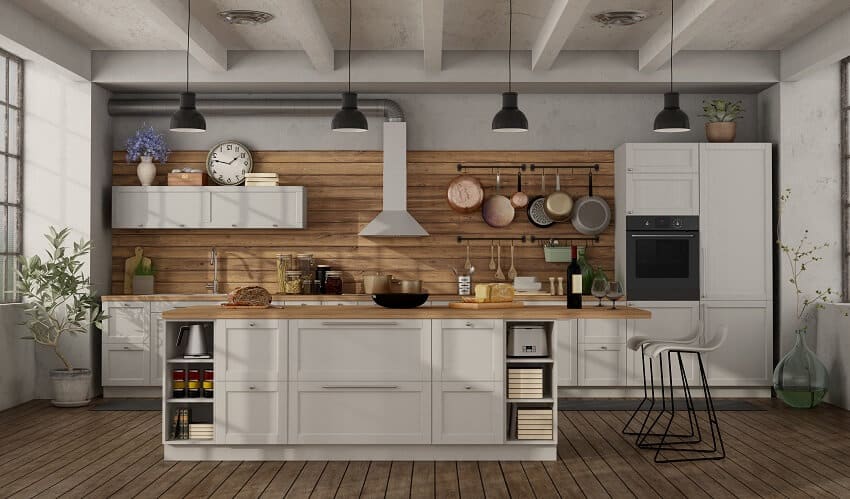
Traditionally, beadboard is installed vertically, but don’t let that stop you! Horizontally installed beadboards are a unique and eye-catching design choice for your kitchen backsplash.
If you want to create a shiplap-inspired kitchen wall at a lower cost, horizontal beadboards are the perfect alternative. Shiplap usually comes in interlocking planks, while these have a grooved panel that convincingly imitates the look of individual planks.
Herringbone Pattern Beadboard
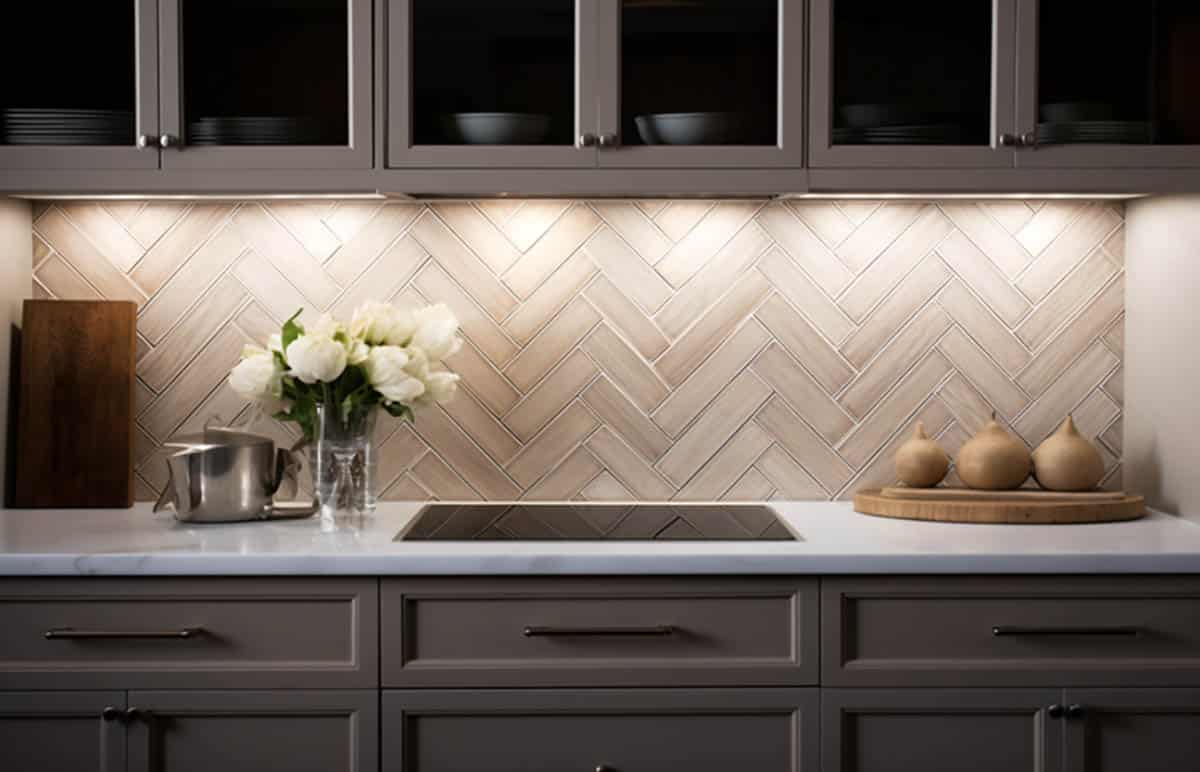
If you’re a confident DIYer, a herringbone pattern could be the project you’re looking for to elevate the design of your kitchen.
To create a herringbone or chevron pattern, the panel must be cut along the diagonal. When the resulting planks are trimmed to size and installed, the beaded grooves will run at a 45-degree angle to your countertops and cabinets.
Laying beadboards in a herringbone pattern is a great way to create a modernized kitchen backsplash. See our gallery of herringbone tile backsplash here.
Colored Beadboard
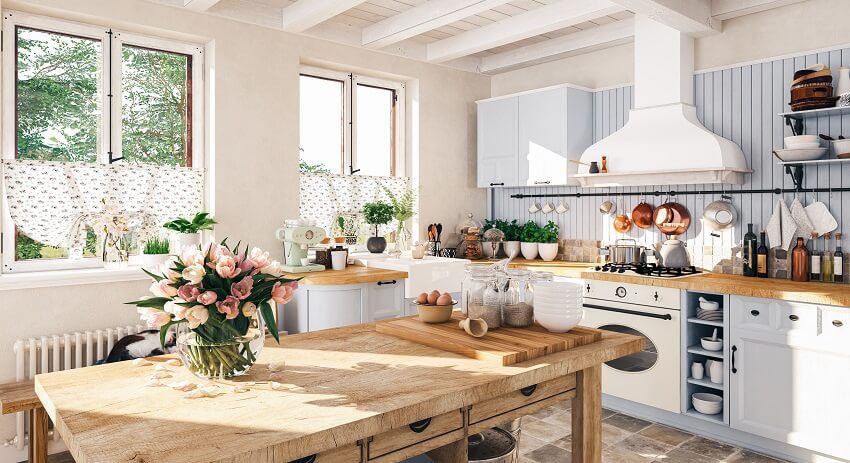
A colored beadboard backsplash can change the feel of your whole kitchen and can easily be achieved with a few coats of acrylic or oil-based paint.
Because kitchen backsplashes are often subjected to debris from food preparation, you must consider the cleanability of the paint you choose.
Avoid paint with a matte finish in favor of higher-sheen finishes. Semi-gloss is a good compromise between clean-ability and moderate reflectiveness.
Is Beadboard Good For A Backsplash?
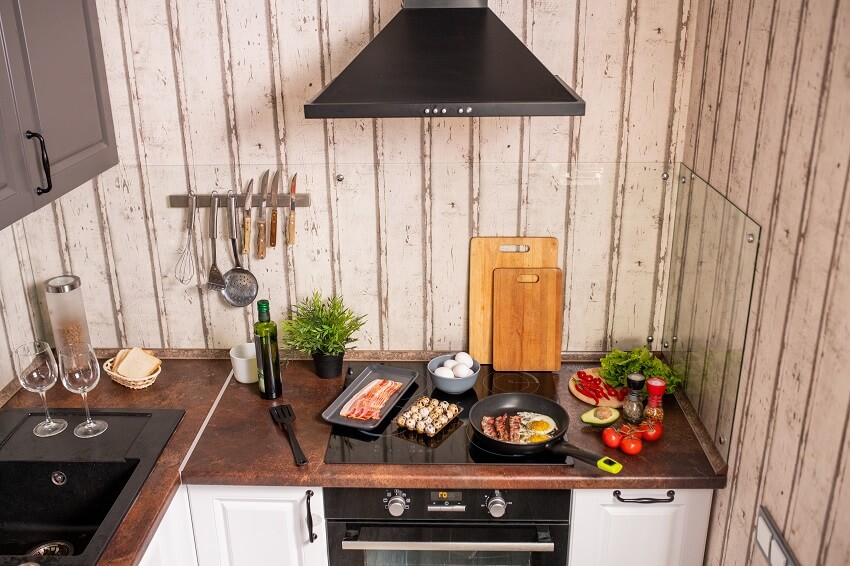
PVC and moisture-resistant beadboards are excellent for a cost-effective, attractive, and effective kitchen backsplash.
Standard MDF (which has not been treated to make it moisture resistant) is not the ideal choice for kitchen backsplash. Steam produced by cooking or splashes from the sink could penetrate the surface, producing an unattractive warped look and introducing the potential for rot.
If you are committed to installing a standard MDF panel as a backsplash, spread a vapor absorber on the wall first. Glue the panels to the wall rather than just nailing them to reduce space where moisture could collect.
As a compromise, standard and moisture-resistant panels can often be seamlessly intermixed. This allows you to strategically place the more expensive moisture-resistant panels in splash zones and use cheaper standard panels away from sinks and stoves.
Is Beadboard Cheaper Than Tile?

Manufactured beadboard backsplash is significantly cheaper than professionally installed tile and marginally less expensive than installing tile yourself.
The average tile backsplash costs about $1,500, including materials, labor, and installation. Using premium materials will drive the cost up, as will working around various obstacles in your kitchen layout, and could cost as much as $2,500. Install the tile yourself, and you may be able to bring the cost down to $900.
To construct a backsplash from beadboard, expect to spend $90-$500 on materials, including panels, trim, nails, glue, caulk, and paint. This budget assumes you can access a circular or table saw and a jigsaw. Some materials, such as tile, brick, concrete, and sometimes fiberboard, will require a specialized diamond-coated saw blade.
Even if you opted to purchase these tools solely for this project, the total cost of a beadboard backsplash could still be lower than self-installed tile.
Is Beadboard Moisture Resistant?
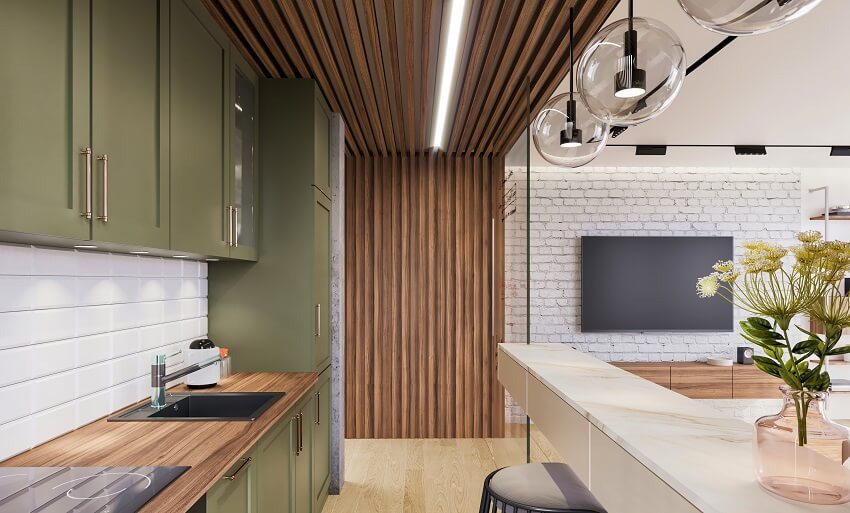
Whether or not beadboard is moisture-resistant depends on the materials used to construct it and how it was treated.
MDF can be damaged by direct contact with liquids or exposure to high humidity, making it best suited for dry environments. A treatment applied during fabrication produces moisture-resistant panels, and these products can be used in bathrooms and kitchens.
PVC is another moisture-resistant option and can be used in exterior applications.
Did we miss any of your favorite materials for creating beadboard backsplashes? Share your best tips and experiences with your remodel projects below in the comments. Visit our kitchen backsplash designs for more related content.

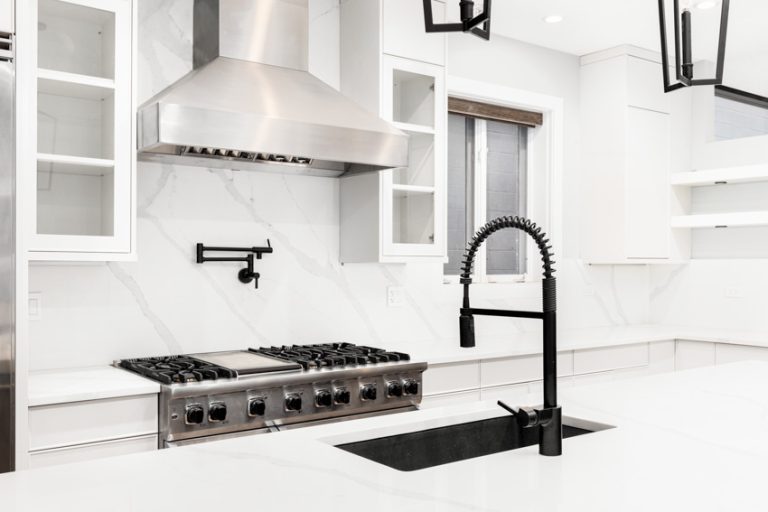
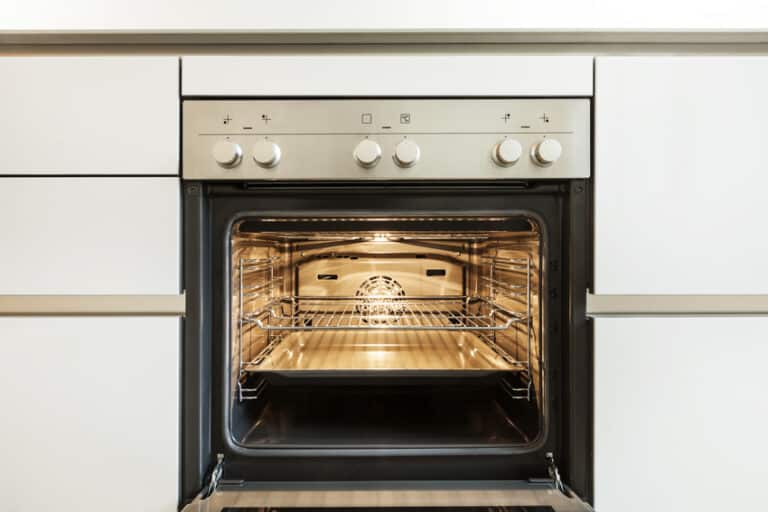
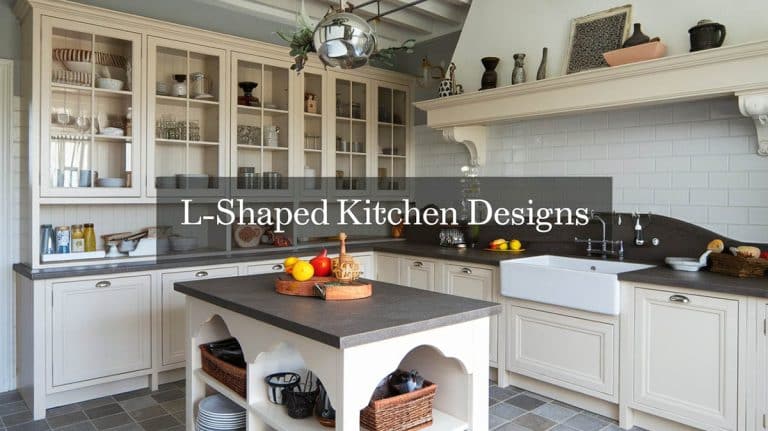

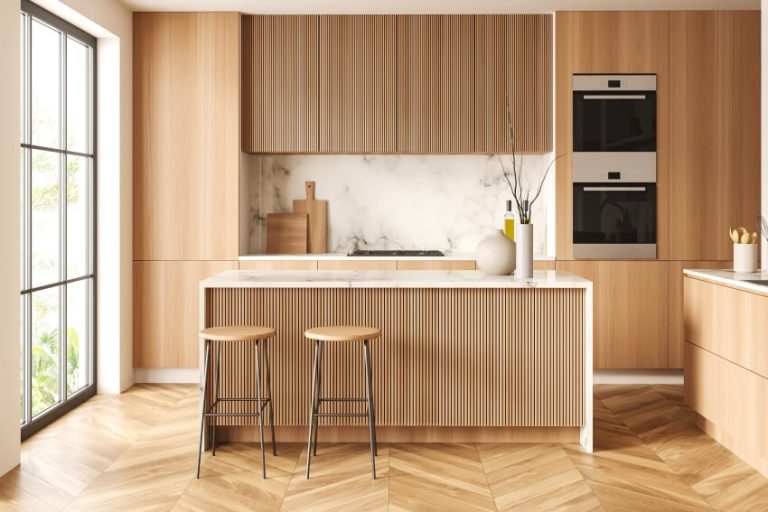
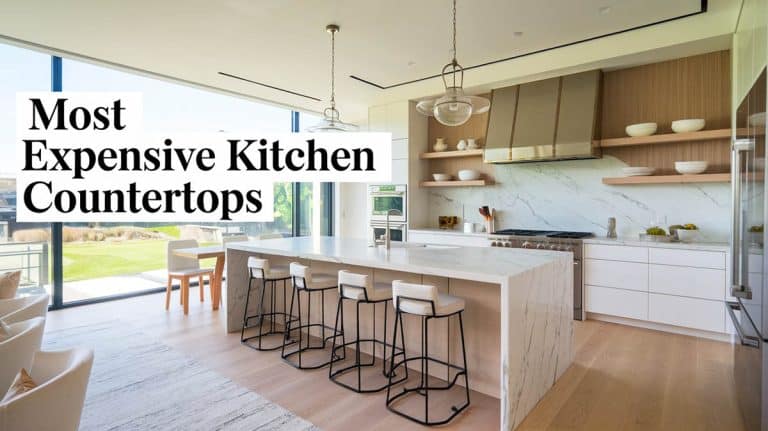
I like the look of using bead boards as a backsplash for my have a future kitchen renovations. Thanks as well for including that I should find ones that has been treated to be waterproof or moisture resistant. I hoped I could find one made from PVC.